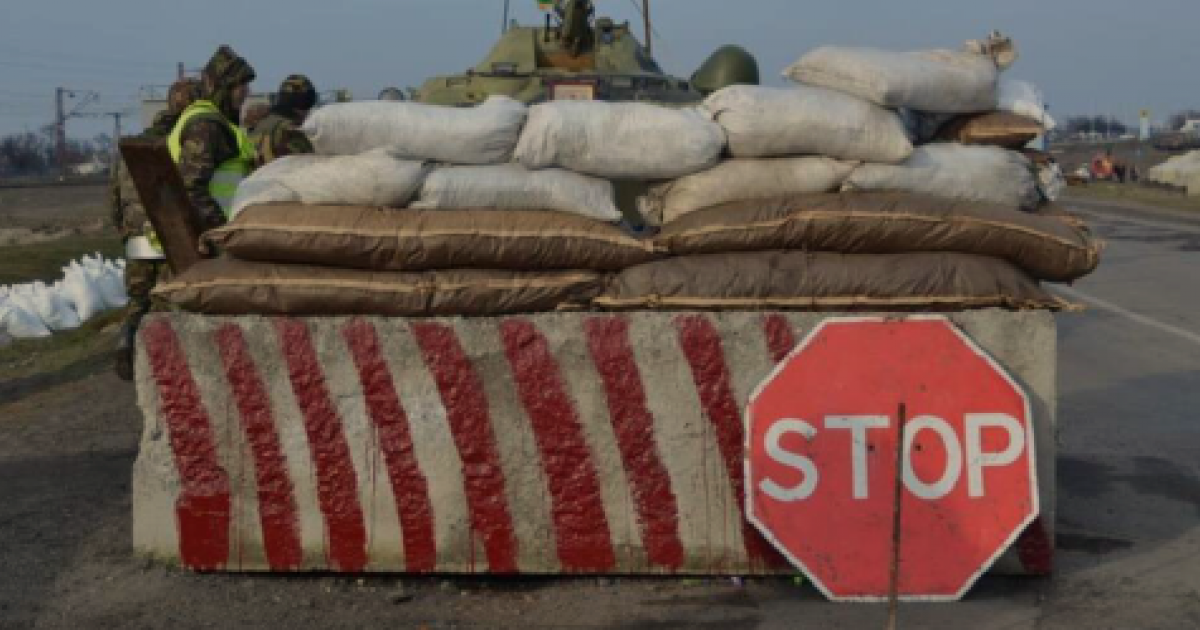1. Security. Make sure you have a helmet, body armor and first aid kit with you. There may be difficulties with purchasing or renting this equipment in Ukraine. Make sure you know how to wear a bulletproof vest and helmet. Make sure the first aid kit is in a comfortable case and can be attached to your belt or your body armor. Make sure you know how to use the first aid kit.
2. Find a fixer, or better a local journalist. Do not work with those who promise to “solve the problem with accreditation” for money. These are just scammers trying to make money on you.
3. Apply for accreditation in the combat zone in advance, a week or two before your arrival to Ukraine. Due to the huge inflow of foreign journalists, you may have to wait for your ID for several weeks.
4. Find a security expert to help you assess the risks. Or find Ukrainian colleagues who have been working on the front line for a long time – they will help you understand the degree of danger.
5. Know the context. Ask your fixer to help with the information.
6. Make sure you have enough cash. In Donbas you may have problems with paying by bank cards. In addition, the overwhelming majority of taxi drivers do not accept cards, but they work with cash.
7. Find a taxi with an all-wheel drive, if you plan to go to the positions in the field. Choose a smaller but more maneuverable car.
8. The trenches are crowded. Consider the composition of the group that will go down there with you. Think about whether you will hamper each other in case of a possible shelling.
9. Remember! The war in Ukraine has been going on for 8 years, it is not a frozen conflict. This means machine guns and grenade launchers are fired daily on the front line. If you suddenly hear these sounds – it’s not any escalation, and it’s not any news. This is daily life there.
10. If a military asks you not to publish certain photos or videos – consider that there may be reasons for this. Most likely, your images can reveal the positions and give pro-Russian militants a reference point for artillery fire. Remember – you will leave, and the military will remain. And their lifes can sometimes depend on the publication of your footage. Don’t neglect this.
11. Most likely, you will not be able to film the tanks. Neither Ukrainian nor Russian. These vehicles do not stand in line in the middle of the field. This is an obvious fact that many forget. There is also no equipment near the trenches – it may look like a plain field. And even if you see an armored car on caterpillars, it is most likely an armored infantry vehicle, which is not a tank. Be prepared to differ types of vehicles and armor or consult with your Ukrainian colleagues.
12. Be careful with the statements of the leaders of pro-Russian forces in the east of Ukraine. Remember about ethical standards of journalism and correct terminology. You should also take into account that they may openly question Ukrainian territorial integrity, call for war, use hate speech or spread disinformation. You should consult with your editorial office and think twice before you broadcast their press conferences live.
Stas Kozliuk for IMI


